This is our second post of the fruit’s series. Our today’s letter is “B”. The world of fruits beginning with the letter “B” offers an incredible range of tastes, textures, and cultural significance. From common favorites like bananas and blueberries to more exotic finds like babaco and bilimbi, these fruits play a crucial role in diets across the world. Some are prized for their sweetness, while others offer refreshing sourness or subtle flavors. Rich in vitamins, antioxidants, and fiber, these fruits contribute to good health while being versatile in culinary applications, from smoothies and desserts to savory dishes.
Let’s dive into 55 fruits starting with the letter “B” that showcases this diverse and vibrant category. Keep in mind that all the mentioned fruit names may not be a unique fruit. Some may be varieties of specific fruits or regional names.
“A quick reminder before trying a new fruit: Some fruits may not be safe to eat raw, and others could be mistaken for inedible or harmful varieties. Do proper research before consuming unfamiliar fruits to ensure safety.”
List of Fruits that Begin with B
1. Babaco
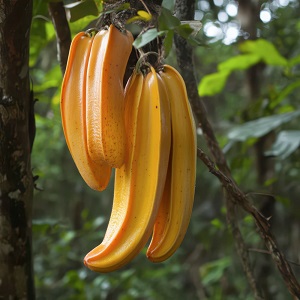
2. Bacaba Berries
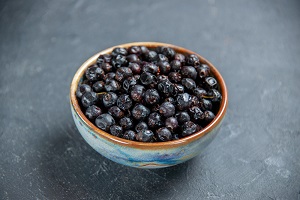
3. Bacaba Nut
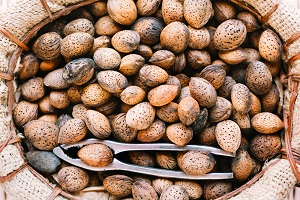
4. Bacupari

5. Batuan Plum
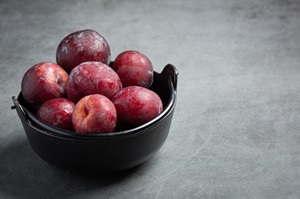
6. Bacuri
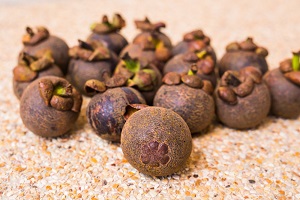
7. Bael Fruit
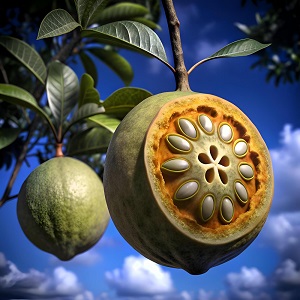
8. Blackberry Jam Fruit
9. Balimbing
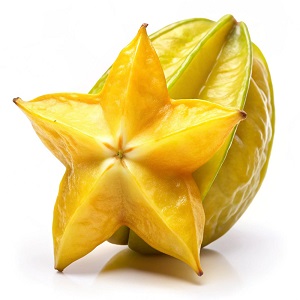
10. Bog Cranberry
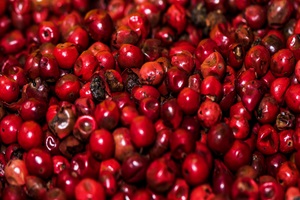
11. Banana

12. Barbados Cherry
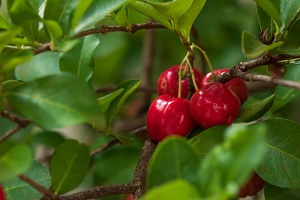
13. Barberry

14. Batuan
15. Batwan (Batuan)
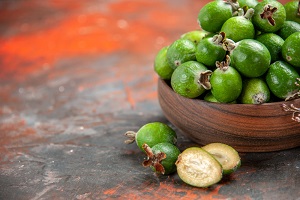
16. Bayberry
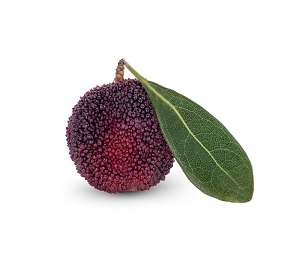
17. Beach Almond

18. Beach Plum
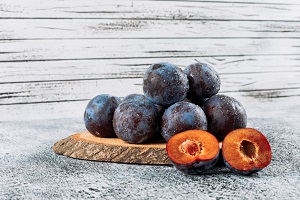
19. Bearberry

20. Bell Apple
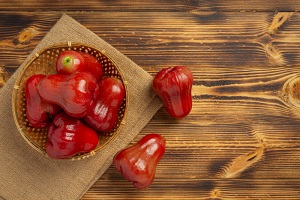
21. Bengal Currant
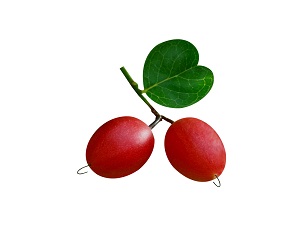
22. Bengal Quince

23. Bergamot Orange

24. Bilberry
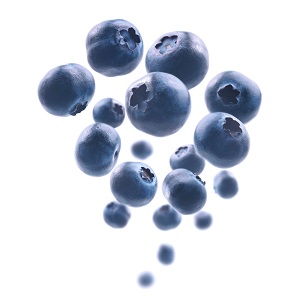
25. Bilimbi

26. Biloxi Blueberry
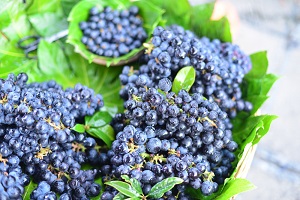
27. Bilwa (Wood Apple)
28. Bishop’s Crown Pepper
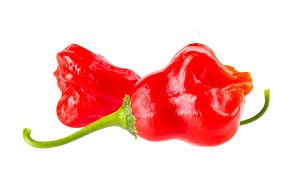
29. Bitter Melon
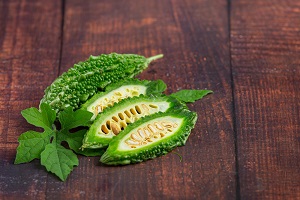
30. Black Elderberry

31. Black Gooseberry

32. Black Mulberry

33. Black Raspberry
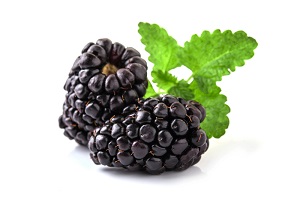
34. Black Sapote
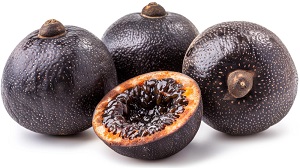
35. Blackberry

36. Blackcurrant
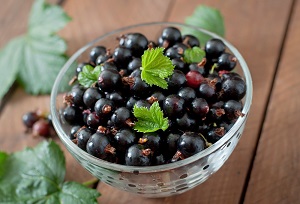
37. Blood Orange

38. Blue Guava
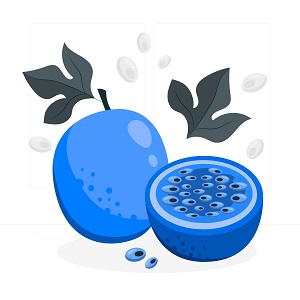
39. Blueberry
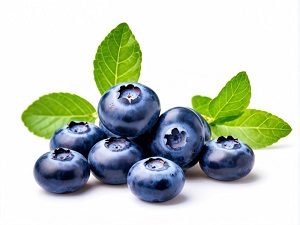
40. Boysenberry
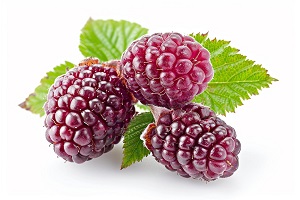
41. Brazil Nut Fruit
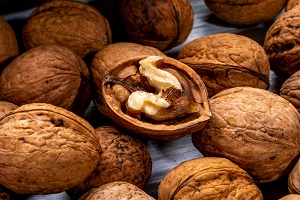
42. Brazilian Cherry
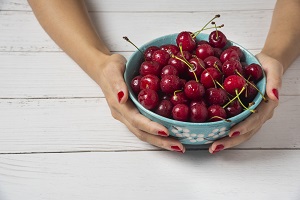
43. Brazilian Guava
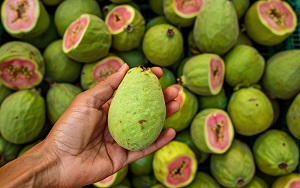
44. Breadfruit

45. Brush Cherry
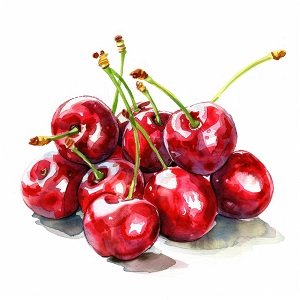
46. Buddha’s Hand

47. Buffalo Plum

48. Buffaloberry

49. Bullock’s Heart
50. Burdekin Fruit
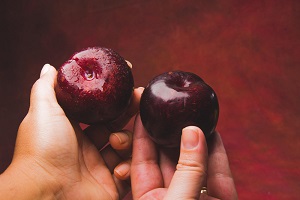
51. Buriti Fruit
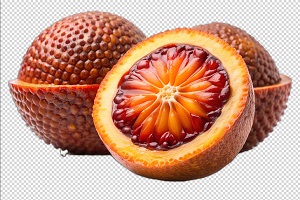
52. Bush Tomato
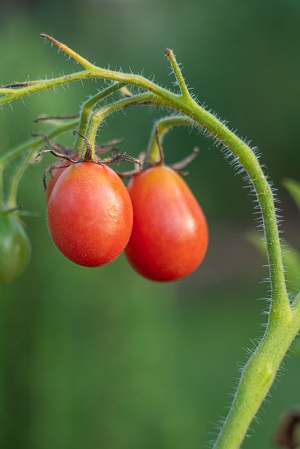
53. Butter Fruit (Avocado)
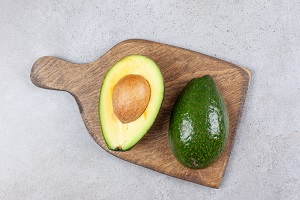
54. Buttercup Squash

55. Butternut Squash Fruit
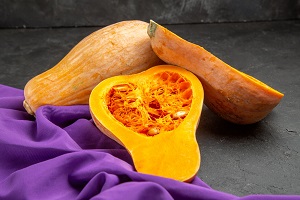
More Details About Fruits Starting with “B”
| No | Fruit Name | Native Region | Taste | Color | Season | Edible | Culinary Uses |
|---|---|---|---|---|---|---|---|
| 1 | Babaco | Ecuador | Sweet, Tart | Yellow | Year-round | Yes | Juices, Desserts |
| 2 | Bacaba Berries | Amazon Rainforest | Tart, Astringent | Purple | Year-round | Yes | Juices, Syrups |
| 3 | Bacaba Nut | South America | Nutty | Brown | Year-round | Yes | Snacks, Oils |
| 4 | Bacupari | Brazil | Sweet, Tangy | Yellow | Summer | Yes | Jams, Juices |
| 5 | Batuan Plum | Philippines | Sour | Green | Year-round | Yes | Sauces, Pickles |
| 6 | Bacuri | Amazon Basin | Sweet, Acidic | Yellow | Year-round | Yes | Desserts, Ice Cream |
| 7 | Bael Fruit | India, Southeast Asia | Sour, Sweet | Green/Yellow | Summer | Yes | Juices, Herbal Teas |
| 8 | Blackberry Jam Fruit | South America | Sweet | Purple | Summer | Yes | Jams, Desserts |
| 9 | Balimbing | Philippines | Sweet, Tart | Yellow | Summer | Yes | Salads, Juices |
| 10 | Bog Cranberry | Northern Hemisphere | Tart | Red | Fall | Yes | Jellies, Sauces |
| 11 | Banana | Southeast Asia | Sweet | Yellow | Year-round | Yes | Snacks, Baking |
| 12 | Barbados Cherry | Caribbean | Tart, Sweet | Red | Summer | Yes | Juices, Jams |
| 13 | Barberry | Europe, Asia | Sour | Red | Fall | Yes | Pickles, Sauces |
| 14 | Batuan | Philippines | Sour | Green | Year-round | Yes | Sauces, Pickles |
| 15 | Batwan (Batuan) | Philippines | Sour | Green | Year-round | Yes | Sauces, Pickles |
| 16 | Bayberry | China | Sweet, Tart | Red | Summer | Yes | Jams, Juices |
| 17 | Beach Almond | Tropical Regions | Nutty | Brown | Year-round | Yes | Snacks, Baking |
| 18 | Beach Plum | Eastern United States | Tart | Red | Summer | Yes | Jams, Jellies |
| 19 | Bearberry | Northern Hemisphere | Mild, Bitter | Red | Fall | Yes | Herbal Teas |
| 20 | Bell Apple | South America | Sweet, Juicy | Red | Summer | Yes | Snacks, Juices |
| 21 | Bengal Currant | South Asia | Sour, Astringent | Red | Summer | Yes | Pickles, Chutneys |
| 22 | Bengal Quince | India, Southeast Asia | Sour, Sweet | Yellow | Summer | Yes | Juices, Herbal Remedies |
| 23 | Bergamot Orange | Italy | Sour, Bitter | Green/Yellow | Winter | Yes | Tea, Marmalades |
| 24 | Bilberry | Europe, Asia | Sweet, Tart | Blue | Summer | Yes | Jams, Desserts |
| 25 | Bilimbi | Southeast Asia | Sour | Green | Summer | Yes | Pickles, Chutneys |
| 26 | Biloxi Blueberry | United States | Sweet | Blue | Summer | Yes | Snacks, Baking |
| 27 | Bilwa (Wood Apple) | India | Sour, Sweet | Brown | Summer | Yes | Juices, Herbal Remedies |
| 28 | Bishop’s Crown Pepper | South America | Sweet, Spicy | Red | Summer | Yes | Pickles, Sauces |
| 29 | Bitter Melon | India, Southeast Asia | Bitter | Green | Summer | Yes | Curries, Stir-fries |
| 30 | Black Elderberry | Europe, North America | Tart, Bitter | Purple | Fall | Yes | Syrups, Herbal Teas |
| 31 | Black Gooseberry | Europe, Asia | Sour, Sweet | Black | Summer | Yes | Jams, Desserts |
| 32 | Black Mulberry | Western Asia | Sweet, Tart | Purple | Summer | Yes | Snacks, Desserts |
| 33 | Black Raspberry | North America | Sweet, Tart | Black | Summer | Yes | Jams, Desserts |
| 34 | Black Sapote | Mexico | Sweet, Chocolate-like | Green | Fall | Yes | Desserts, Smoothies |
| 35 | Blackberry | Europe, North America | Sweet, Tart | Black | Summer | Yes | Jams, Desserts |
| 36 | Blackcurrant | Europe, Asia | Tart, Sweet | Purple | Summer | Yes | Jams, Syrups |
| 37 | Blood Orange | Italy | Sweet, Citrusy | Red | Winter | Yes | Juices, Salads |
| 38 | Blue Guava | South America | Sweet, Fragrant | Blue | Summer | Yes | Jams, Juices |
| 39 | Blueberry | North America | Sweet | Blue | Summer | Yes | Snacks, Baking |
| 40 | Boysenberry | United States | Sweet, Tart | Purple | Summer | Yes | Jams, Desserts |
| 41 | Brazil Nut Fruit | Amazon Rainforest | Nutty | Brown | Year-round | Yes | Snacks, Oils |
| 42 | Brazilian Cherry | South America | Sweet, Tart | Red | Spring | Yes | Jams, Desserts |
| 43 | Brazilian Guava | Brazil | Sweet, Fragrant | Yellow | Summer | Yes | Jams, Juices |
| 44 | Breadfruit | Pacific Islands | Starchy, Mild | Green | Year-round | Yes | Fried, Baked |
| 45 | Brush Cherry | Australia | Slightly Tart | Red | Summer | Yes | Jams, Desserts |
| 46 | Buddha’s Hand | China, India | Sour, Citrusy | Yellow | Winter | Yes | Candies, Zests |
| 47 | Buffalo Plum | North America | Sweet, Tart | Red | Summer | Yes | Jams, Desserts |
| 48 | Buffaloberry | North America | Sour, Bitter | Red | Fall | Yes | Jellies, Sauces |
| 49 | Bullock’s Heart | South America | Sweet, Creamy | Red | Fall | Yes | Desserts, Smoothies |
| 50 | Burdekin Fruit | Australia | Slightly Sour | Green | Summer | Yes | Jams, Sauces |
| 51 | Buriti Fruit | Amazon Basin | Sweet, Acidic | Red | Year-round | Yes | Juices, Ice Cream |
| 52 | Bush Tomato | Australia | Sweet, Tart | Red | Year-round | Yes | Sauces, Chutneys |
| 53 | Butter Fruit (Avocado) | Central America | Creamy, Mild | Green | Year-round | Yes | Salads, Toasts |
| 54 | Buttercup Squash | North America | Sweet, Nutty | Green | Fall | Yes | Soups, Baking |
| 55 | Butternut Squash Fruit | North America | Sweet, Nutty | Orange | Fall | Yes | Soups, Roasting |
FAQs:
Which fruit starts with the letter B?
Babaco, Banana, Batuan, Blackberry, Blueberry, Bush Tomato, & Buttercup Squash are some fruits that start with the letter B.
What is a yellow fruit that starts with B?
A yellow fruit that starts with the letter “B” is a banana.
What is a green fruit with B?
A green fruit that starts with the letter “B” is bitter melon.
Is a banana a fruit or a berry?
A banana is a fruit, and it is also considered a berry.







Leave a Reply